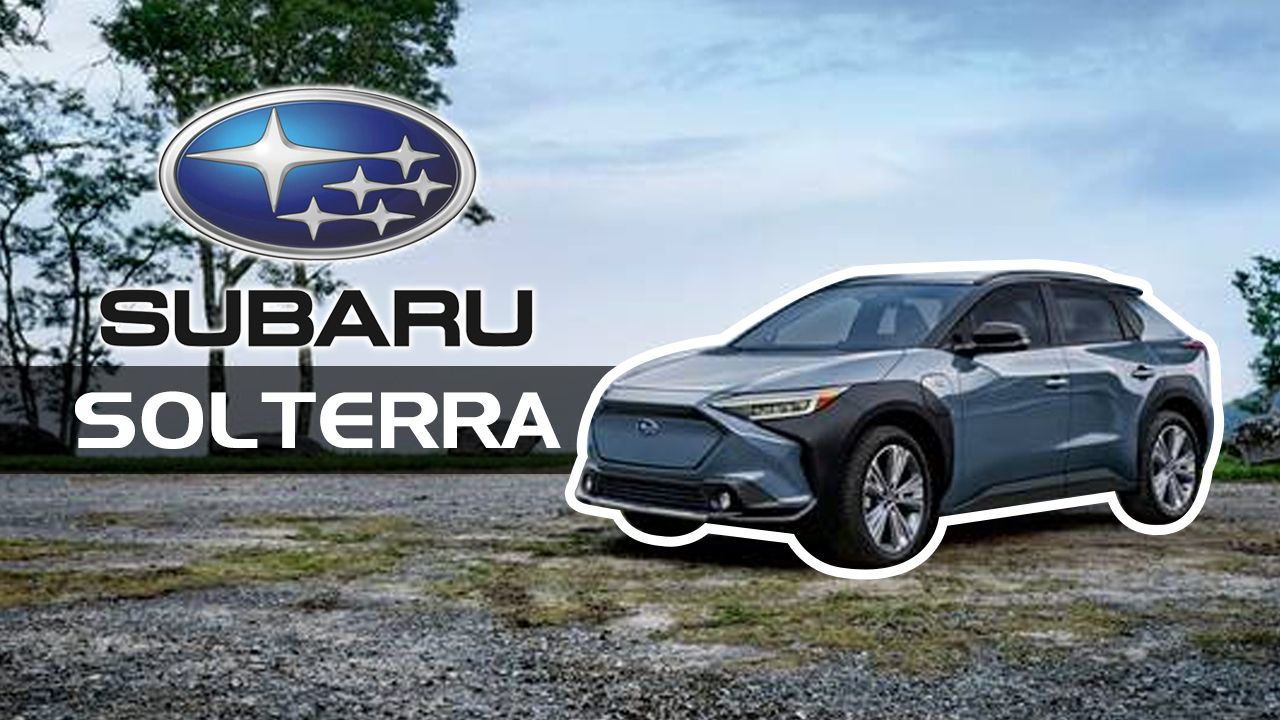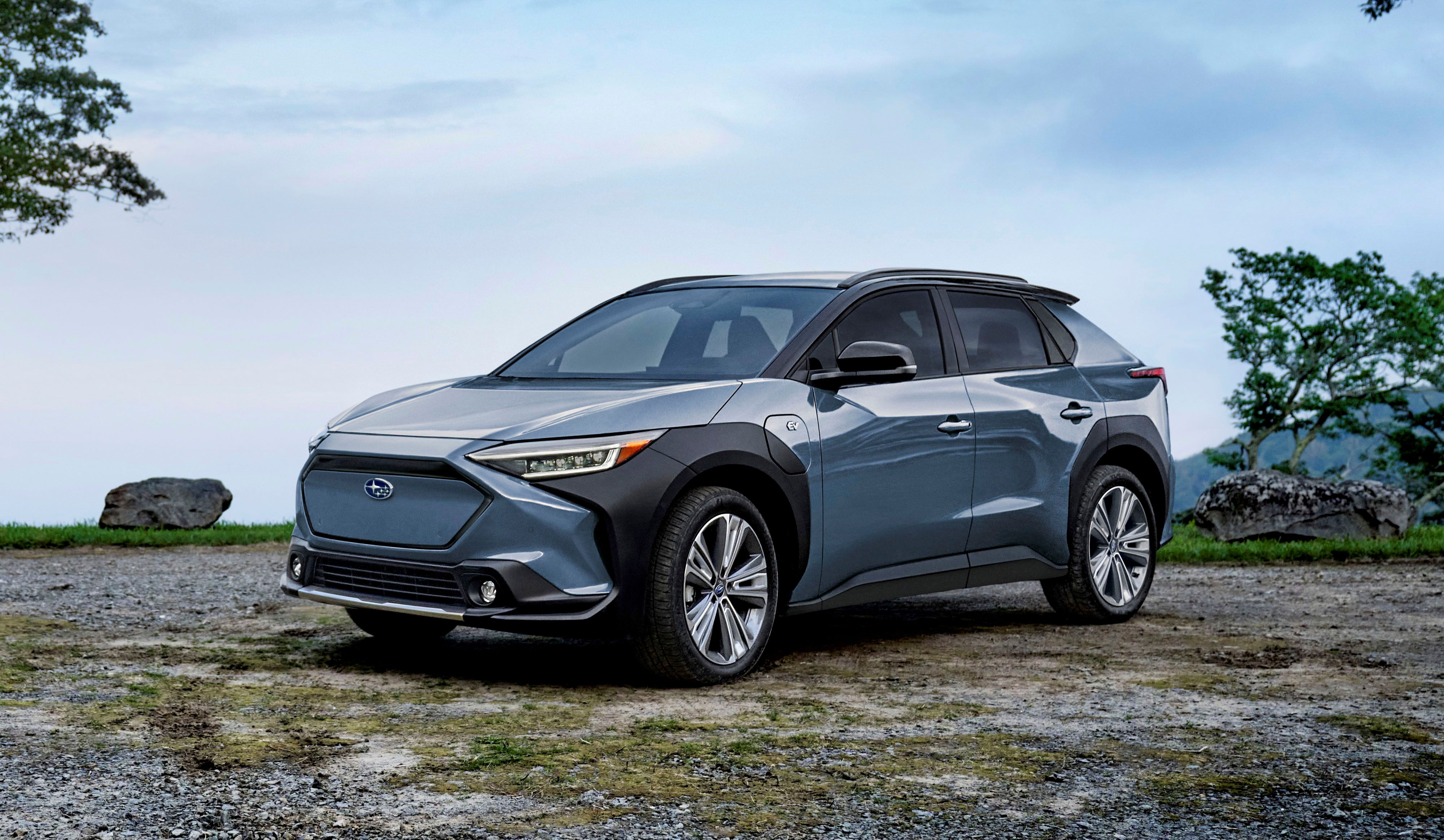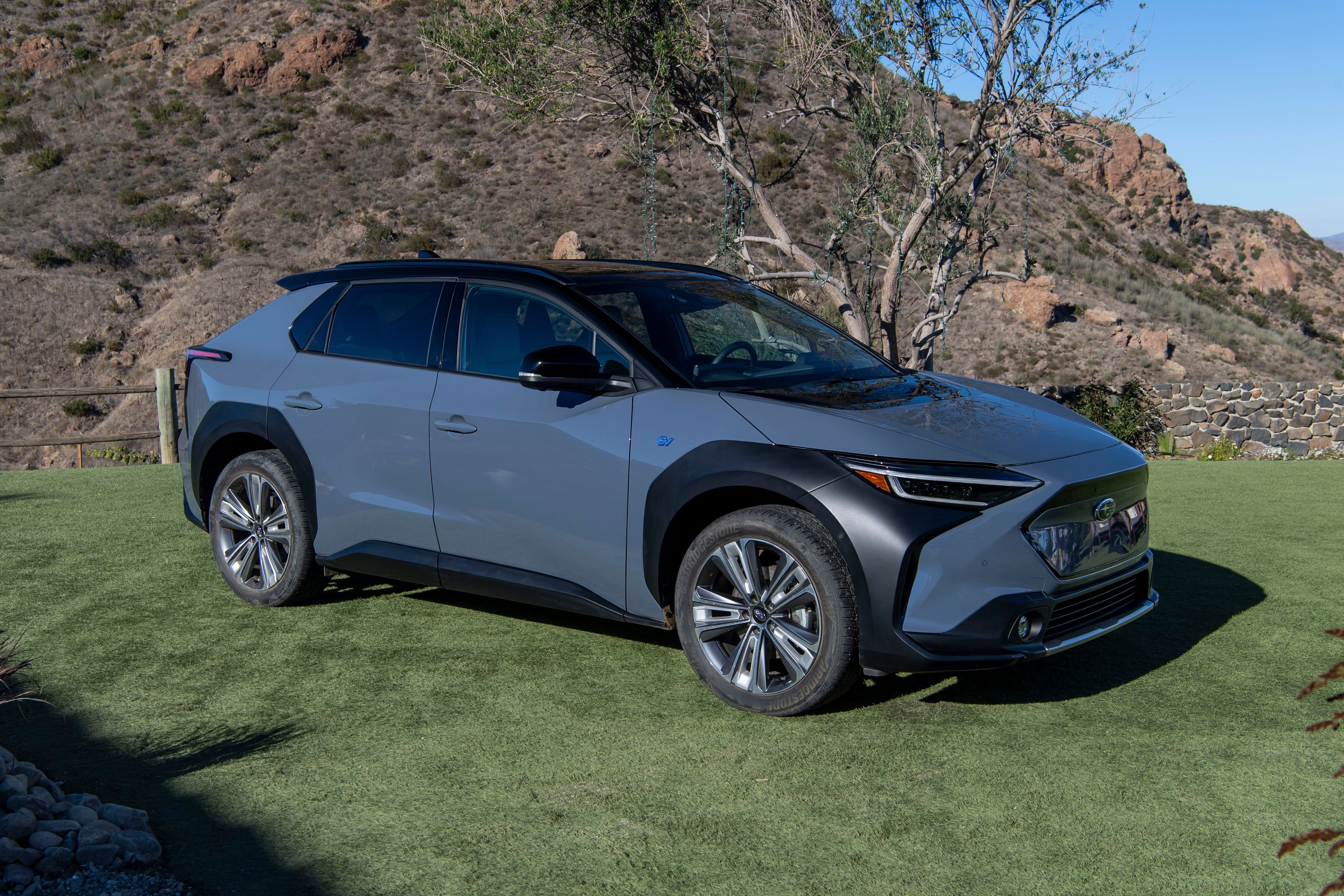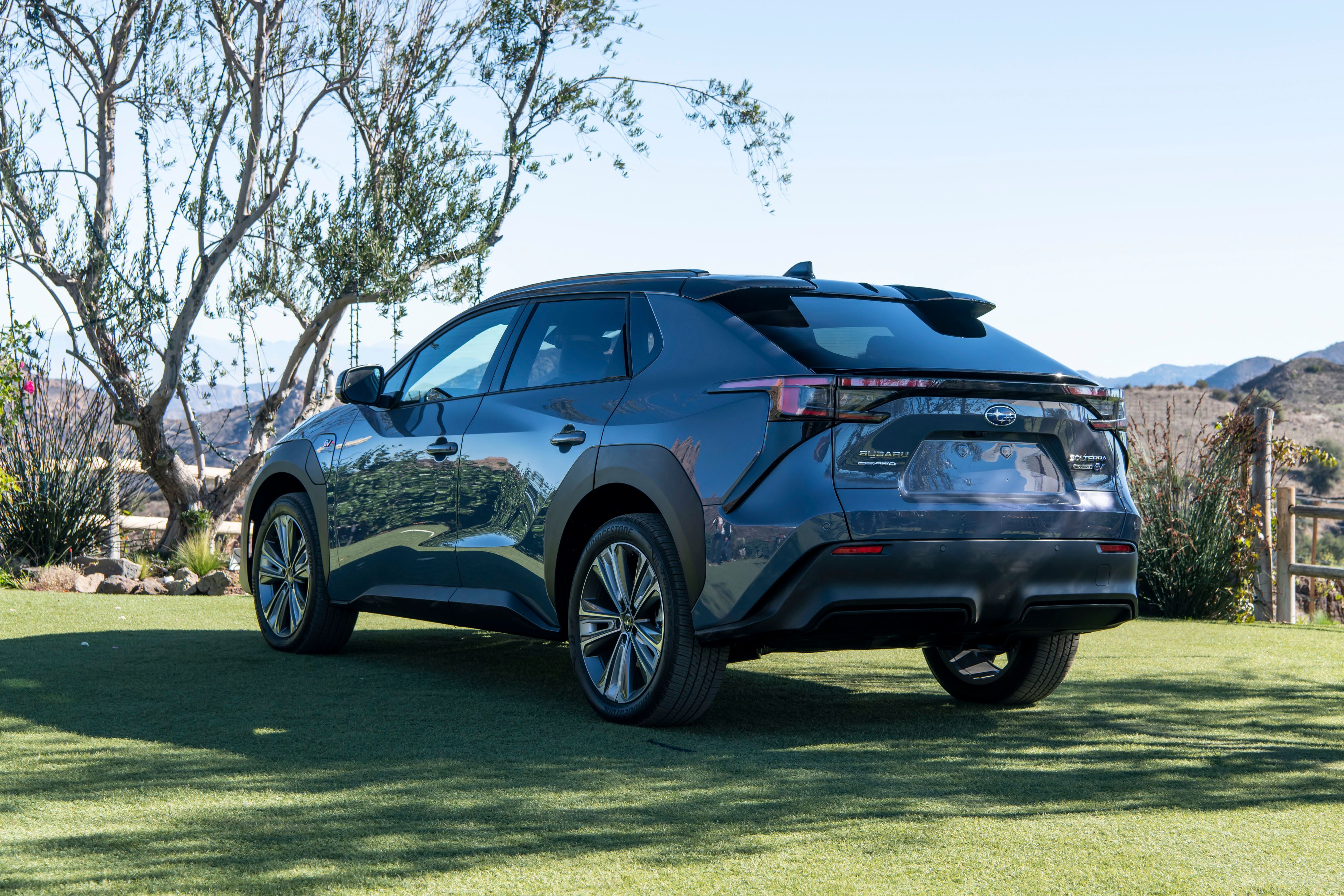About a week before the 2021 Los Angeles Auto Show, Subaru revealed the JDM-spec Solterra, an EV that essentially represents the brands future, and one that is built in collaboration with Toyota. Twined with the Toyota BZ4X, the aesthetic appearance and badges are pretty much the only thing that separate this Subaru from the Toyota. As is the case with the BZ4X, we’re finally getting U.S. specifications for the new Solterra, and we’re wondering if it’s actually good enough or if Subaru missed the mark.
There’s Something Very Familiar About the Subaru Solterra
With the Solterra essentially being a carbon copy of the Toyota BZ4X – much like the way the Subaru BRZ and Toyota 86 are related – a lot of what I’m about to tell you is going to sound very familiar. The biggest difference, however, is that while the BZ4X can be had with FWD or AWD, the Solterra is an AWD-only affair. Each axle delivers power to the ground courtesy of a 107-horsepower (80 kW) electric motor, with total output being rated at 215 ponies (160 kW) and 246 pound-feet (334 Nm) of torque. These figures are identical to the AWD BZ4X and the JDM-spec Solterra as well. A 71.4-kWh battery gives juice to the motors, and Subaru says you’ll get an estimated 220 miles (354 km) of range on a full charge.
The AWD system apparently has a modified version of X-Mode from other Subaru vehicles that, basically, simulates a low-range transfer case and slows throttle response to improve handling in low-traction and off-road conditions. In other words, a fancy computer algorithm mitigates just enough power to keep you going without letting things get too squirrely. The Solterra does feature ascent and descent assist, however, how much that really matters remains to be seen.
Just like its Toyota counterpart, the Solterra fits into the compact segment. It measures 184.6-inches longer, 65.0-inches wide, and 73.2-inches tall. Thanks to the creative battery placement, though, the body structure is impressively rigid and the battery is more protected thanks to a unique cross-frame structure. Interior space appears to be quite impressive for a vehicle its size, with total passenger space coming it at 95.7 cubic-feet and cargo capacity maxing out at 30.3 cubic-feet. Even better yet, the Solterra arrives with very long list of standard safety features, including:
- Pre-collision throttle management
- Pre-collision braking
- Lane-departure warning
- Blind-spot monitoring
- Lane-change assist
- Rear cross-traffic alert
- Reverse braking assist
- Rear seat reminder
- LED lights with high-beam assist
- 360-degree surround-view camera (a first for any Subaru model)
Overall, the Solterra looks like a decent package and is a nice first step into electrification for Subaru. Pricing has yet to be released, but thanks to Subaru’s ongoing partnership with Toyota – and the sharing of R&D costs, production, and parts – the Solterra should come relatively affordable at a time when cars like the Tesla Model 3, for example, keep going up in price. My only concern is whether or not 220 miles of range is a deal breaker for a lot of people. Sure AAA claims that a study has shown that people average around 29.2 miles per day, so 220 miles should be more than enough, but that doesn’t change the fact that range anxiety is a real thing. It will be interesting to see just how well the Solterra is accepted and whether or not it’s a little ahead of its time.
2023 Subaru Solterra specifications
|
EV Range (estimated miles) |
More than 220 |
|---|---|
|
Horsepower |
215 |
|
Torque (lb.-ft.) |
248 |
|
Passenger volume (cu.ft) |
95.7 |
|
Cargo volume upper/lower cargo floor position (cu.ft.) |
27.7/ 30.3 |
|
Cargo volume from lower row (cu.ft.) |
30.3 |
|
Total passenger & cargo volume (cu.ft.) |
126 |
|
Rear cargo opening width (in.) |
41.3 |
|
Wheelbase (in.) |
112.2 |
|
Length (in.) |
184.6 |
|
Width (in.) |
73.2 |
|
Height (in.) |
65.0 |
|
Seating Capacity |
5 passenger |
|
Ground clearance (in.) |
8.3 |





